BUILDING A HIGH-QUALITY WATER TREATMENT PLANT THAT SPELLS HOPE FOR 374 VILLAGES OF BANDA.

KHATAN WATER SUPPLY SCHEME PROJECT
The Khatan Water Supply Scheme is a prestigious project of the Jal Jeevan Mission in Uttar Pradesh that envisages to provide water to 374 villages of Banda. The mandate for the Water and Effluent Treatment IC is to construct one 158 MLD Water Treatment Plant, 40 pump houses & clear water reservoirs, 116 overhead tanks, 3,799 km of pipeline network and 1.43 lakh functional household tap connections. “With this WTP, we will be covering 67% of the Banda district and with so much riding on it for the villagers of Banda, we have been very focused to deliver a quality project,” avers Project Director, V Ajith, with a clear sense of purpose. That their effort has been note-worthy is reflected in the project winning a mention from the awards committee for its Quality.

“With this WTP, we will be covering 67% of the Banda district and with so much riding on it for the villagers of Banda, we have been very focused to deliver a quality project.”
V Ajith
Project Director
Innovatively speeding up construction
Time is always in short supply with construction projects; it was no different for the Khatan project either. For Planning Manager, Akash Sethi, the task was well defined.
“We adopted a collaborative approach involving and working closely with all the stakeholders to address their specific needs and concerns. Additionally, we have established a meticulous monitoring and evaluation framework to ensure that the project stays on track and achieves its intended outcomes.”
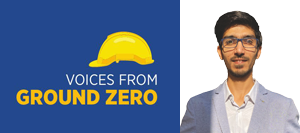
“We adopted a collaborative approach involving and working closely with all the stakeholders to address their specific needs and concerns. Additionally, we have established a meticulous monitoring and evaluation framework to ensure that the project stays on track and achieves its intended outcomes.”
Akash Sethi
Planning Manager
One of the primary challenges to construct an intake well is that it involves deep excavations, that can be both time-consuming and dangerous, often in unstable ground conditions. The team soon realized that they had to complete both the excavations and construction before the onset of the monsoon. They began operations by adopting the sinking well method, a safer and quicker mode of construction of the intake well but soon ran into trouble due to flooding during the rainy season at the intake location.
“To surmount this obstacle, we converted the design of the bridge and intake well discharge floor into precast construction,” informs Akash. Collaborating with EDRC, the team obtained the drawings and the necessary client’s approvals in double quick time. Then, they swiftly estimated the required quantities based on the GFC drawings and quickly procured all the necessary construction materials. Akash is a happy man for they completed the construction of intake well & the WTP 99 days ahead of what it would have taken if they had stuck to conventional construction.
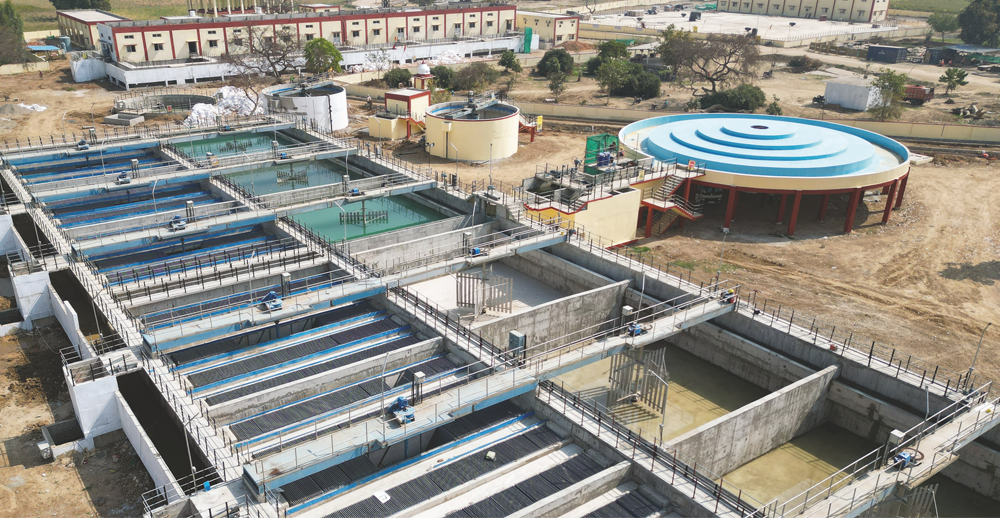
Tackling the labour issue with automation & machinery
As has been the case universally, the pandemic threw up challenges for the team too especially on the labour front for although about 2,700 workers were mobilized, the project was hit by a high attrition levels. Ajith and the team’s response was to introduce new construction techniques and heavy machineries.

On the execution front, the team opted for a precast arrangement for the first time in WET IC to build the pump floor in the intake well and the approach bridge. “To ensure successful erection and construction, we placed significant emphasis on meticulous planning and precast element quality,” says Assistant Construction Manager (Civil), Arun Jesuraj M. “We totally produced 38 precast beams and 44 precast planks for the pump floor and completed the erection in the intake well in time before the monsoon season, which allowed us to initiate commissioning and trial runs.” To construct the approach bridge, the team precasted 32 beams and 232 slabs.

“To ensure successful erection and construction, we placed significant emphasis on meticulous planning and precast element quality.”
Arun Jesuraj M
Assistant Construction Manager (Civil)
A couple of new construction methods the team adopted for the civil structures were to monolithically cast the ESR columns and beams in single lifts and cast the 4.8 m and 3.3 m walls again in single lifts at 20 m height.
At all times, the team proactively planned their resource requirements of machinery and material at a micro-level and mobilized them efficiently. “We rigorously planned, monitored, and controlled progress to maintain the momentum as well as to resolve the constraints,” remarks Akash, with a tight smile.
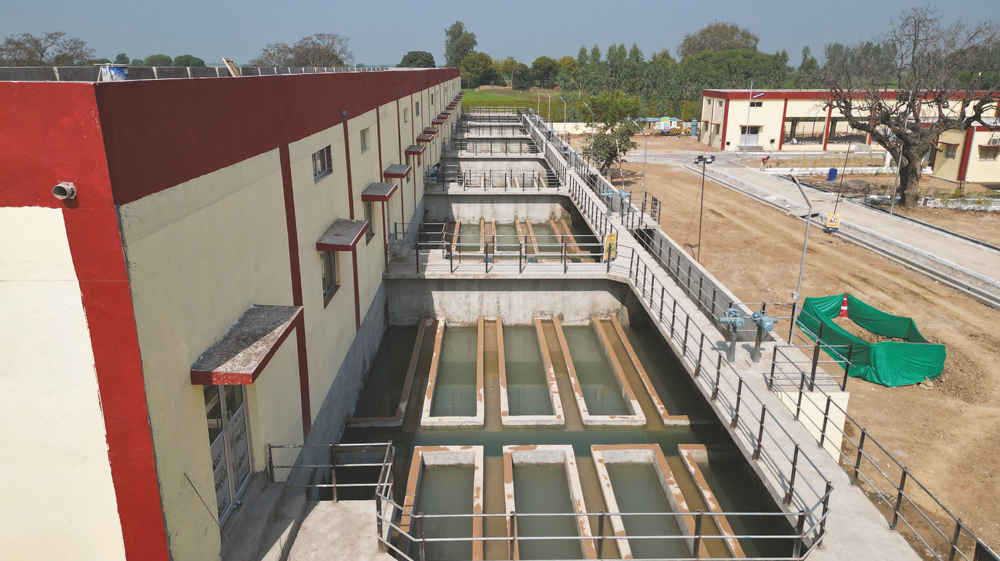
Quality, always the top priority
Extremely conscious of maintaining top quality throughout the project phase, “we meticulously noted the reasons for quality deviations to prevent their recurrence,” informs Senior Engineer (Civil), Tushar Jaiswal, “by educating workers, regularly reviewing drawings to ensure adherence to the intended structure, conducting clash detection with MEP drawings to eliminate rework and adopting a proactive approach towards safety and quality.”
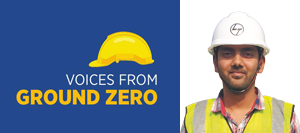
“We meticulously noted the reasons for quality deviations to prevent their recurrence by educating workers, regularly reviewing drawings to ensure adherence to the intended structure, conducting clash detection with MEP drawings to eliminate rework and adopting a proactive approach towards safety and quality.”
Tushar Jaiswal
Senior Engineer (Civil)
Digitalization drives progress
The utilization of BIM has aided the project enormously by enabling the team to imagine the appearance of structure in 3D well before construction. “BIM has facilitated smoother execution in alignment with the intended design, detailing and helping us to communicate and illustrate our construction objectives to achieve precision and accuracy in the very first attempt,” says Tushar insightfully. Rebar CAD is another valuable digital tool being deployed to generate bar bending schedules to carry out complex reinforcement works efficiently that has resulted in significant savings in time and reduction in reinforcement cutting and bending wastes.
The triumph of teamwork
The project team led by Ajith are unanimous that their success is due to their teamwork, a motivated bunch of engineers and workmen, great coordination between all the departments at the project and of course, wholehearted support from the management. “Our team is fully committed to completing this project within the allocated budget, timeline, and with utmost quality standards,” affirms Ajith. “We firmly believe that this project will significantly transform the lives of the communities in the region, and are eagerly anticipating the positive outcomes it will generate.”
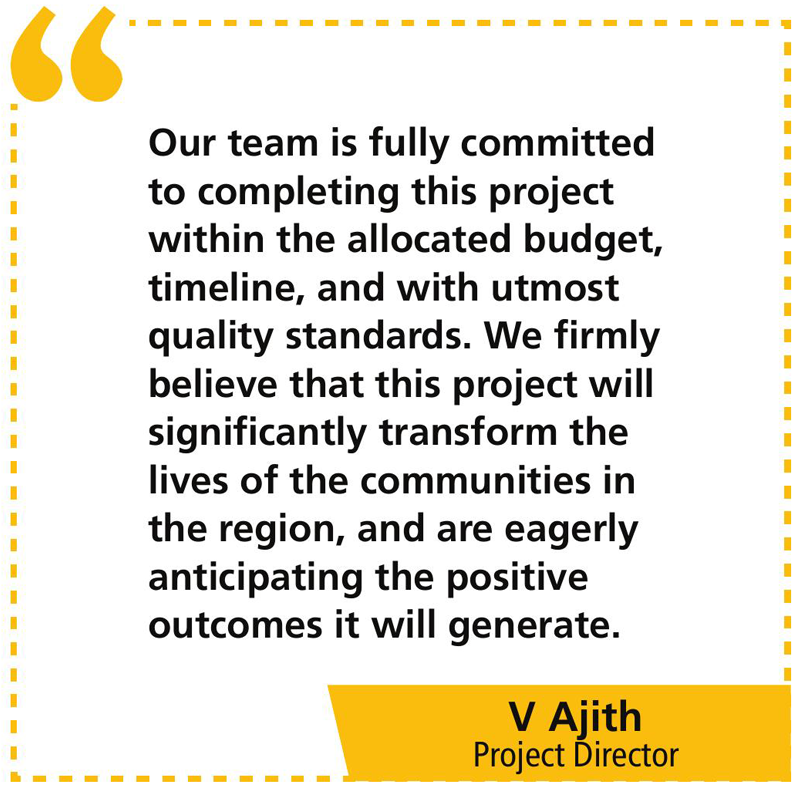
With such lofty ideals, we wish the Khatan Water Supply team all the very best to deliver and realize the dreams of the 374 villages of Banda and, at the same time, keep their Quality record intact.